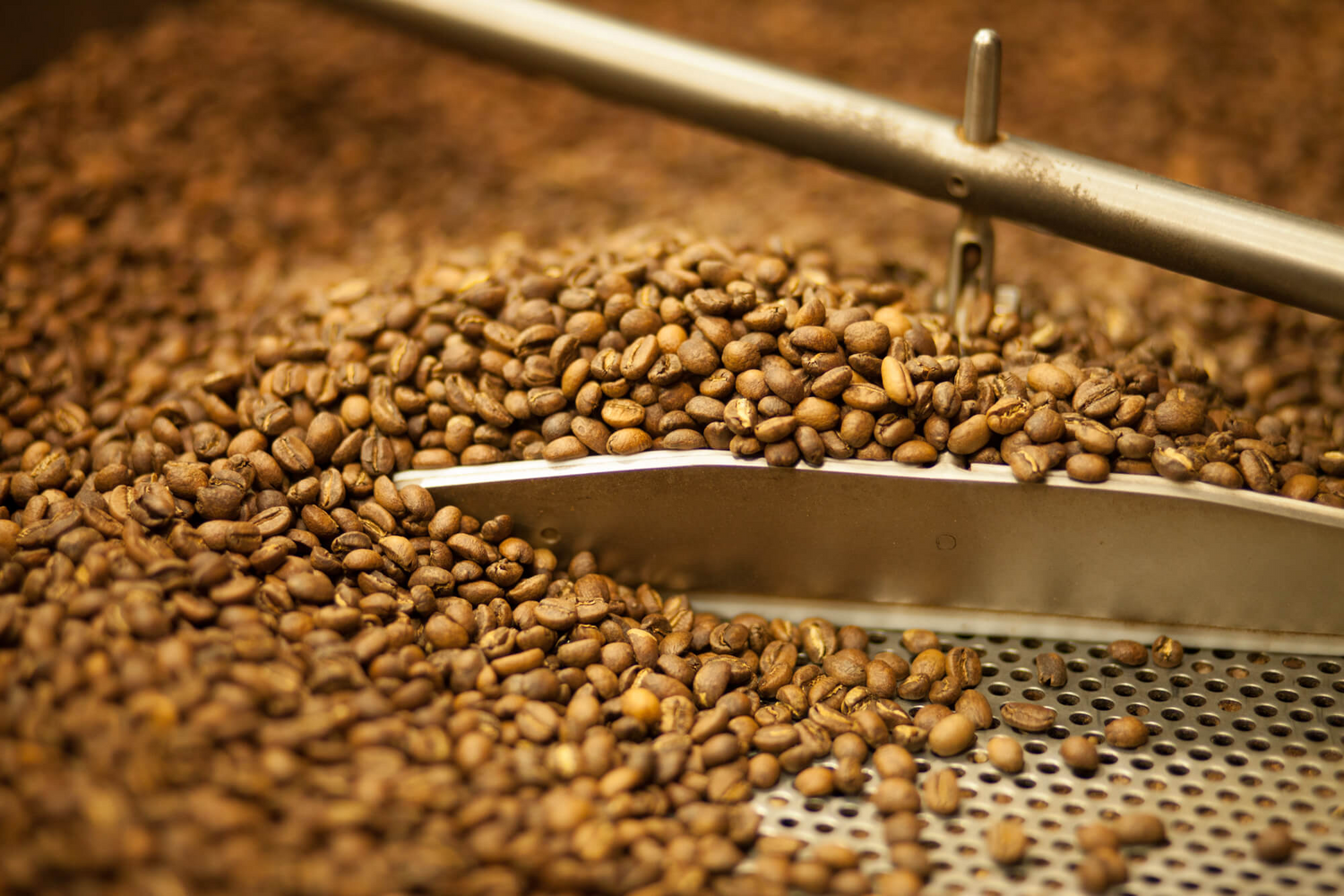Coffee tasting is the process of identifying the characteristics of a particular coffee and you might be surprised by just how many there are!
Coffee buyers perform ‘cuppings’ to evaluate coffees objectively, which is very in-depth and sometimes long process – but the fruits of these labours are definitely in the tasting when the beans finally reach your cup at home or in your local coffee bar The SCAA’s (Specialty Coffee Association of America) scoring system is most commonly used for this evaluation. Coffees are given a maximum overall score out of 100 for things like; aroma, flavour and mouthfeel (texture). A coffee that achieves a score of 85 or higher is regarded as ‘specialty’ grade. These coffees have no defects and have a very distinctly pleasant flavour profile – at Modern Standard we pride ourselves on roasting speciality beans.
By scoring coffees on; aroma, flavour, aftertaste, acidity, body, sweetness, cleanliness, uniformity and balance, the cupping process helps industry professionals select which coffees to buy, and identify different attributes which can be useful for roasters when formulating blends (blends are made up of a combination of roasted beans that compliment each other).
A cupping sample, once the hot water is added to coarsely ground coffee a layer of crust will form on the top.
The cupping process follows quite a strict set procedure: 8.25g of coarsely ground coffee is measured into a shallow cup, specifically designed for cupping (I know right!). 150ml of water heated to 92˚C is added, and left for 4 minutes. Next, a spoon is used to break and remove the ‘crust’, which provides the first opportunity to sample the coffee’s aroma (get your nose right in there and give it three sharp sniffs… just don’t burn yourself!). After a further 6 minutes, the cupper begins to taste the coffee. Different attributes are evaluated at intervals as the coffee cools.
70˚C: Flavour and Aftertaste
The coffee’s principle flavour; what are your taste buds telling you?
Aftertaste: The length of positive flavour qualities after the coffee has been swallowed.
70˚C – 60˚C: Acidity and Body
Acidity: Bright for positive acidity, sour for negative. Positive acidity adds to the coffee’s sweetness.
Body: The ‘weight’ of the brew. Is it heavy like a good red wine, or light and refined like a sauvignon blanc?
40˚C: Sweetness and Cleanliness
Sweetness: Is the coffee sweet and pleasing?
Cleanliness: When no defects are found, the cup is clean.
One coffee can taste dramatically different depending on the processing method (washed, semi-washed or natural).
Washing coffees increases the acidity, whilst semi-washed gives a honeyed sweetness to the coffee. The natural processing method can increase the sweetness, and can also encourage development of more obscure flavour notes including strawberry, blueberry and creamy notes – it sounds a bit mad at first but with the help of the flavour wheel (above) and a lot of tasting these notes really do shine through!
Tasting coffee at home can be really fun; exploring what a coffee can offer in terms of flavour, sweetness and any other attribute is exciting and really opens the doors to the myriad of speciality coffees that are out there. Try coffees processed using different methods, it’s fascinating to see how this can change the taste of the coffee. We like to offer as much information about our coffee as possible and your local speciality coffee shop can offer advice on which coffees are in season. Many will even offer beans for you to experiment with at home.

Tasting coffee at home can be really fun; exploring what a coffee can offer in terms of flavour, sweetness and any other attribute is exciting and really opens the doors to the myriad of speciality coffees that are out there. Try coffees processed using different methods, it’s fascinating to see how this can change the taste of the coffee. We like to offer as much information about our coffee as possible and your local speciality coffee shop can offer advice on which coffees are in season. Many will even offer beans for you to experiment with at home.
